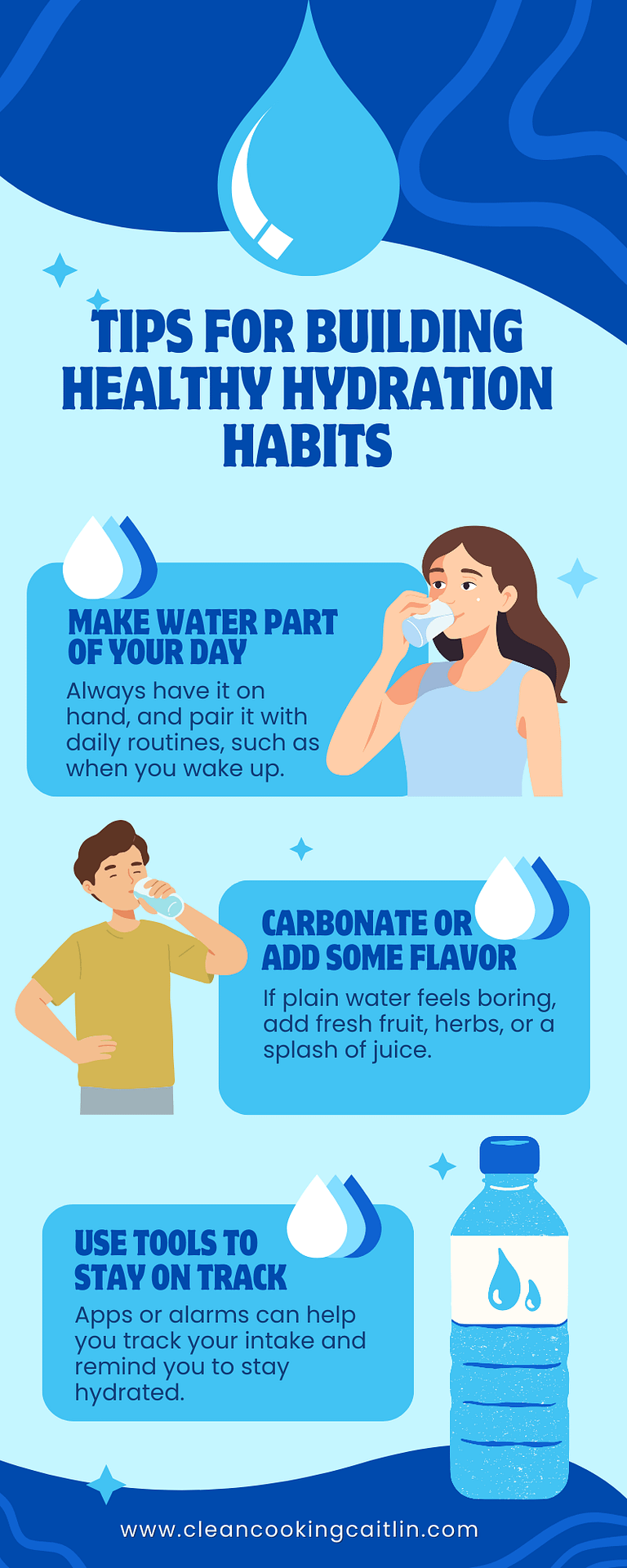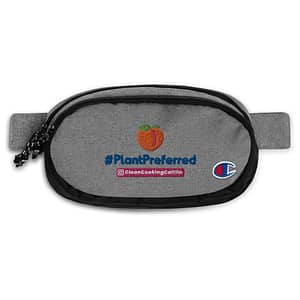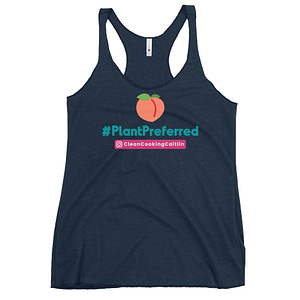Share This

Pages on this site may contain affiliate links, meaning if you book or buy something, I may earn an affiliate commission at no additional cost to you. Thank you for your support! Learn More
Also note: While I am a certified nutrition coach, I am not a medical doctor. Information here is not intended to be a replacement for the advice you should seek from your doctor.
Water is essential for life, but have you thought about how to calculate how much water to drink—or whether the water you’re drinking is truly clean? Staying hydrated boosts energy, improves your skin, and supports your overall health, but the quality of the water matters just as much as the quantity.
During my fertility journey, I became more aware of how contaminants in water, such as chemicals and microplastics, can affect overall health, including reproductive health. While studies like this one highlight the potential risks of endocrine disruptors in drinking water, the 2024 Aquasana survey revealed that filtered water is strongly associated with improved quality of life and longevity.
This understanding led me to install an Aquasana reverse osmosis (RO) system. Now, after a year of use, I can’t imagine life without it. The water tastes incredible, and I have peace of mind knowing it’s free from harmful contaminants.

How to Calculate Your Daily Water Needs
The Simple Formula
Figuring out how much water to drink daily starts with this formula: Divide your weight in pounds by two to find your daily goal in ounces. For example:
150 pounds = 75 ounces of water = about 9 cups
This provides a reliable starting point for hydration.
Adjust for Your Lifestyle
Your water needs can change depending on your daily habits and environment:
- Active Lifestyle: If you sweat often due to exercise or work, you’ll need extra water to replace what you lose.
- Hot or Humid Weather: Living in a warm climate, like my home in Florida, means you’ll lose water faster through sweat. Increasing your intake is key.
- Pregnant or Nursing: These stages of life increase your water requirements to support both you and your baby.
Paying attention to your body—such as thirst, dark-colored urine, or dry skin—can help you fine-tune your hydration.

Why Clean Water Is Key to Hydration
The Risks of Unfiltered Water
Even if your tap water meets government safety standards, it might still contain contaminants like:
- Chlorine and Fluoride: These chemicals are added to public water supplies to disinfect and prevent cavities, but studies (like this one on fluoride safety) suggest potential health risks from overexposure.
- Heavy Metals and Microplastics: Research (WHO report) highlights how contaminants like heavy metals and microplastics in drinking water can contribute to organ damage and other long-term health risks. Studies also suggest microplastics from plastic bottles may contribute to increased blood pressure (New York Post).
According to the Aquasana 2024 survey, the survey reveals:
76%
of Americans believe filtered water helps them
live longer.
77%
of U.S. adults agree that access to clean, trustworthy tap water at home is
important for their health.
Filtered Water and Longevity
According to Aquasana’s 2024 survey, 76% of Americans believe drinking filtered water supports a longer, healthier life, while 77% agree that access to clean tap water is essential for their health. Hydration ranked as the third most important lifestyle choice for longevity, following diet and sleep. A study by the National Institutes of Health also found that well-hydrated individuals live longer and develop fewer chronic conditions.
Contaminant Concerns
- Lead: The top concern for 24% of Americans, increasing 50% from last year.
- Microplastics: Worries surged by 350%, with 83% concerned about their presence in water. Studies show people ingest 74,000–121,000 particles annually—equivalent to eating a credit card every week.
- PFAS (Forever Chemicals): Concern rose by 233% since 2020, with 80% of Americans worried about these toxic substances.
Trust in Filtered Water
Filtered water is now considered the most trustworthy source of drinking water by 56% of Americans, while trust in unfiltered tap water has declined sharply, dropping 74% in the past year.
Bottled Water Risks
While bottled water may seem like a safe alternative, it’s often less regulated than tap water and contains higher levels of microplastics. A water filtration system provides a safer and more sustainable solution.
Check Your Water
You can check what contaminants are in your water specifically on EWG’s Tap Water Database. I looked mine up and the results are scary:

EWG (Environmental Working Group) also recommends an RO system to remove these contaminants:

Why Choose Reverse Osmosis?
Reverse osmosis systems filter out up to 99% of contaminants, including chlorine, fluoride, and microplastics. They provide crisp, clean water that supports long-term health and tastes better, too.

After using an Aquasana RO system for a year, I’ve noticed the difference in taste, quality, and peace of mind—it’s unmatched!
How to Choose the Right Reverse Osmosis System
Features to Look For
- Comprehensive Filtration: Removes contaminants like chlorine, fluoride, and microplastics.
- Capacity and Size: Make sure it fits your household’s water needs and space under the sink.
- Ease of Use: Choose a system with simple filter replacements.
Cost and Value
Under-sink reverse osmosis (RO) systems typically range from $150 to $600, depending on features and brand. In contrast, whole-house RO systems are more complex and can cost between $1,000 and $4,000, with an average of around $2,500 (Modernize). Installation might add an extra $200–$500 to this cost.
Investing in an RO system can lead to savings on bottled water, reduce environmental waste, and provide consistent access to safe, great-tasting water.
Tips for Building Healthy Hydration Habits

Make Water Part of Your Day
Turn hydration into a habit by pairing water with daily routines:
- Drink a glass when you wake up.
- Keep a water bottle handy while working or running errands.
- Sip water during meals and breaks.
Carbonate and/or Add Some Flavor
If plain water feels boring, add fresh fruit, herbs, or a splash of juice. My go-to is a few cucumber slices with mint for a refreshing twist.
Use Tools to Stay on Track
Apps or alarms can help you track your intake and remind you to stay hydrated throughout the day. Check out a list for the top hydration apps for 2024 on Healthline.
Conclusion: Invest in Hydration and Quality
Knowing how to calculate how much water to drink is the first step, but choosing clean, filtered water is just as important. Hydration with pure water supports energy, wellness, and long-term health.
An RO system, like the Aquasana I use, makes it easy to enjoy water that’s both safe and delicious. Take the step toward better hydration today—it’s an investment in your health and future!



















